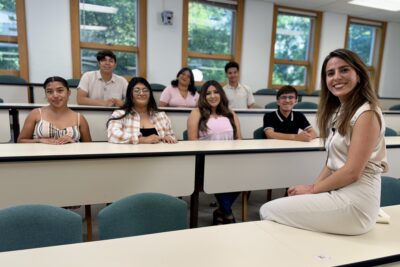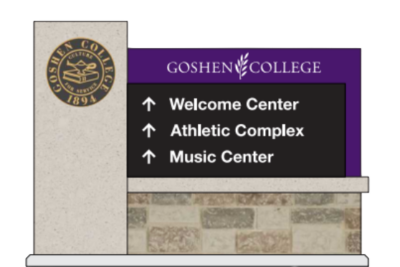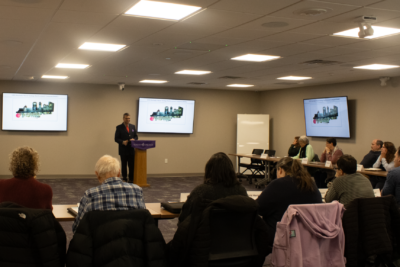The last names Yoder, Friesen, and Klaasen are not prerequisites for being Mennonite at Goshen College. After a campus-wide cultural audit by Salter McNeil & Associates last fall, a final report was revealed last week which included a commitment from GC administration to prioritize ethnic and cultural diversity on campus.
According to the report, “Living out this mandate in day-to-day personal interactions, however, remains an ongoing challenge.”
Fifty-five percent of the GC student body claims Mennonite faith. According to the cultural audit report, cultural norms found in North American Mennonite circles often exclude and hurt others who don’t fit the norms. The norms also “create an expectation of assimilation.”
In response to GC’s cultural audit, administration has committed to work on the following recommendations for the next two to three years:
Administration will form a vision and communicate the importance of ethnic and cultural diversity.
The college will develop a follow-up curriculum for SST to bridge international experience with the on-campus setting.
The essence of ethnic Mennonite culture seeks to be clarified and how it shapes the college culture and promotes a holistic Mennonite identity that is stronger in intercultural competence and Christian discipleship
The college will develop faculty in areas of intercultural competence in specifically proposed ways and implement proposed procedures in all hiring for new and replacement positions.
The college will intentionally orient new and current staff, communicating a vision of Mennonite tradition, racial identity and intercultural competence.
The college will focus on proposed strategies for recruitment and retention of minority students, including international students.
While these changes may take time, Bojana Jankova, a sophomore from Macedonia, encouraged GC students to seek diversity on a relational level; to experience other cultures, but not simply to be labeled as diverse. “Participate in club activities, show interest and be open to other cultures and experiences,” said Jankova.
Efforts have been made over the years to make GC a more diverse campus. Faculty and staff periodically take part in multicultural training, diversity circles invite students to converse with others from different backgrounds, and the International Student Coffeehouse highlights international students with performance and dance each spring. The Center for International Teaching and Learning seeks to incorporate Latino students into the campus community. Clubs, such as the Latino Student Union, Black Student Union and International Student Club strive to incorporate the diversity on GC’s campus.
“The [international student club’s activities] are for everyone,” said Jankova. “Not just those of color or international students.”


